The Imperial Guard. Les Grognards (the grumblers). Napoleon’s Immortals. Of all the troops commanded by Bonaparte, the most famous were surely his beloved Imperial Guard – and there were a lot of them! Now you can have them all, with our range of wonderfully-detailed infantry, cavalry, and artillery. Let’s dive in and explore what made these soldiers so revered in France, and so feared across Europe.
As we have already discussed the infantry and artillery of the Guard in a previous article, today I’ll be focusing on the elite cavalry of the formation, and how they play on the Epic Battles tabletop.
Much like the infantry of the Guard, the cavalry were (at least in principle) recruited from the line cavalry regiments, being chosen for their long service, good conduct, and bravery, as well as particular height and weight requirements. By 1815, as with much of the Guard, there were a bewildering array of different regiments and sub-formations of varying levels of distinction, but the troop types were at least reasonably distinct! Today, we’ll take a look at the Grenadiers à Cheval, Chasseurs à Cheval, Lancers, Gendarmerie d’Elite, and the Empress Dragoons of the Imperial Guard.
Grenadiers à Cheval of the Imperial Guard
The Grenadiers à Cheval (Horse Grenadiers) of the Guard were the senior regiment of the entire French army. Nicknamed “the Giants” and “the Gods”, they were huge men on large black horses, with stringent entry requirements. To be considered as a candidate, a cavalryman needed a minimum of ten years’ service, to have taken part in at least four campaigns, and have received a citation for bravery – no mean feat by any stretch of the imagination! Most of their recruits came from the heavy cavalry, but there were also Hussars and Lancers in their ranks. Armed with long, slightly curved sabres and cavalry carbines and dressed in gorgeous uniforms and bearskins (designed by famed Parisian couturiers), they cut impressive figures on the battlefield and were certainly effective when used decisively, whether against enemy infantry or cavalry. After Waterloo, they were the final unit of the Imperial Guard to be disbanded, having never once wavered in their devotion to Napoleon.
Gendarmerie d’Elite of the Imperial Guard
The Gendarmerie d’Elite (Elite Gendarmes) were a curious force indeed. Part military police, part battlefield heavy cavalry, they earned the derisive nickname of ‘the Immortals’ from the rest of the army for the infrequency in which they took part in actual combat. While equipped and uniformed much like the Grenadiers à Cheval, their main duties were guarding and escorting prisoners, money, and other valuables, and providing security in rear areas and for VIPs. When they did see action, they were effective, well-drilled, and motivated heavies, more than capable of holding their own in any fight.
Empress Dragoons of the Imperial Guard
Next were the Dragoons of the Guard, more popularly known as the ‘Empress Dragoons’, named for Napoleon’s beloved Joséphine. Formed in 1806 from a draft of the most experienced men from the line Dragoon regiments and the Guard Grenadiers and Chasseurs, they performed much the same role as their less glamorous brothers, and were equipped in similar fashion with swords and short muskets. Capable of fighting on foot or on horseback, they had a reputation for hard fighting and hard drinking, but performed bravely in battle on numerous occasions.
Chasseurs à Cheval of the Imperial Guard
Foremost among the light cavalry of the Imperial Guard were the Chasseurs à Cheval. Elite light horsemen, the Chasseurs were formed from the Guides à Cheval, Napoleon’s personal escort from his 1796 Italian campaign, and were regarded as second in seniority only to the Grenadiers à Cheval. Subject to the same stringent recruitment criteria, they were regarded as one of the most striking regiments anywhere in Europe in terms of appearance, combining the exquisite Hussar-style green uniforms (again, made by the finest tailors in France) with the wild dash expected of light cavalrymen of the era. Napoleon himself often wore the uniform of a colonel of the regiment, green being his favourite colour, and is depicted as such in a number of famous paintings. In combat, they served with great courage, defending Napoleon’s life on a number of occasions, and fighting bravely against stronger opponents. Armed with sabres, carbines, and pistols, they were thoroughly capable in their assigned roles, and certainly gave the already-stylish light cavalry of the period a benchmark by which to measure themselves.
Lancers of the Imperial Guard
The Imperial Guard also had two regiments of Lancers, both foreign in origin. The first, known officially by the rather cumbersome title of 1er Régiment des Chevaulégers Lanciers de la Garde Impériale (Polonais) (The 1st Polish Light Cavalry Lancers Regiment of the Imperial Guard) were Polish, created in early 1807 from a cadre of volunteers, mostly the sons of nobility and minor landowners. Outfitted with uniforms based on the traditional Polish fashion, and armed with the iconic lance of their nation, the unit (following a somewhat protracted training process) went on to serve with great distinction in the campaigns before Napoleon’s exile to Elba. In the harsh Russian winter, they (like the rest of the Grande Armée) suffered greatly, but proved invaluable during the misery of the long retreat, where they proved an effective counter to the marauding Cossacks that harassed the French out of Russia. Only one squadron saw service at Waterloo, but they could be found at virtually every other French engagement since their formation.
The second regiment of Guard Lancers were Dutchmen, recruited from the previous Royal Guard of the Kingdom of Holland. Outfitted in uniforms similar in style to their Polish counterparts but scarlet in colour, their appearance quickly earned them the nickname of ‘Red Lancers’, and they were considered a stylish regiment, proving popular on parade and in review. In battle, they were renowned for their courageous charges against heavy opposition, although the heavy casualties sustained led to a gradual increase in the number of Frenchmen in their ranks. During the Hundred Days they fought with distinction at Quatre Bras and Ligny, while at Waterloo they charged the Allied squares without success, but with great courage. Our wonderfully-detailed Warlord ResinTM miniatures are uniformed in such a way that they can represent either the Red Lancers or their Polish brethren – all you need to do is decide which colour to paint them! Unsurprisingly for a force created by a former artilleryman, the Guard had its own units of Horse Artillery. Armed with 6-pounders and 5.5″ howitzers, a battery was attached to each regiment to provide organic, mobile fire support. As befits such elite gunners, they have the Reliable and Elite 4+ rules, along with the always-useful Marauders, making them a perfect option to deploy on a remote hilltop or isolated woodland from which they can flay the enemy with shot and shell.
On the Table
On the Epic Battles tabletop, the Grenadiers à Cheval, Empress Dragoons, and Gendarmerie d’Elite fall into the category of ‘Imperial Guard Heavy Cavalry’. Boasting the same impressive characteristics as their more numerous line cuirassier counterparts (including a Morale save of 3+), if taken as a Large unit they have a staggering Hand-to-Hand value of 11, making them all but certain to decimate any unit foolish enough to be caught by their thundering charge.
The Chasseurs à Cheval give any French commander an excellent light cavalry force. With both the Marauders and Reliable rules, they can be trusted with missions far away from their commanding officers, harrying the enemy flanks and blunting any clever manoeuvres they might have in mind. They’re no slouches in combat either, and can be deadly to enemy cavalry if well-handled.
Similarly, the Polish and Red Lancers bring what I’m terming “reliable marauding” capability to the French army, along with their wickedly-pointed lances. They make for an ideal ambush force – keep them hidden on a flank, then spur them forward to skewer unwitting foes!
The Complete Experience
While you can purchase the component regiments of the Guard Cavalry individually including 6-pdr Horse Artillery batteries, to allow you to tailor your force exactly as you’d like, what Marechal wouldn’t want to have all of the finest horsemen France can offer at their command. Our bundle gets you everything we’ve discussed in this article, and as an added bonus, the Empress Dragoons are free!
Sharpen your sabres, mes braves. Napoleon commands, and we will not fail him!
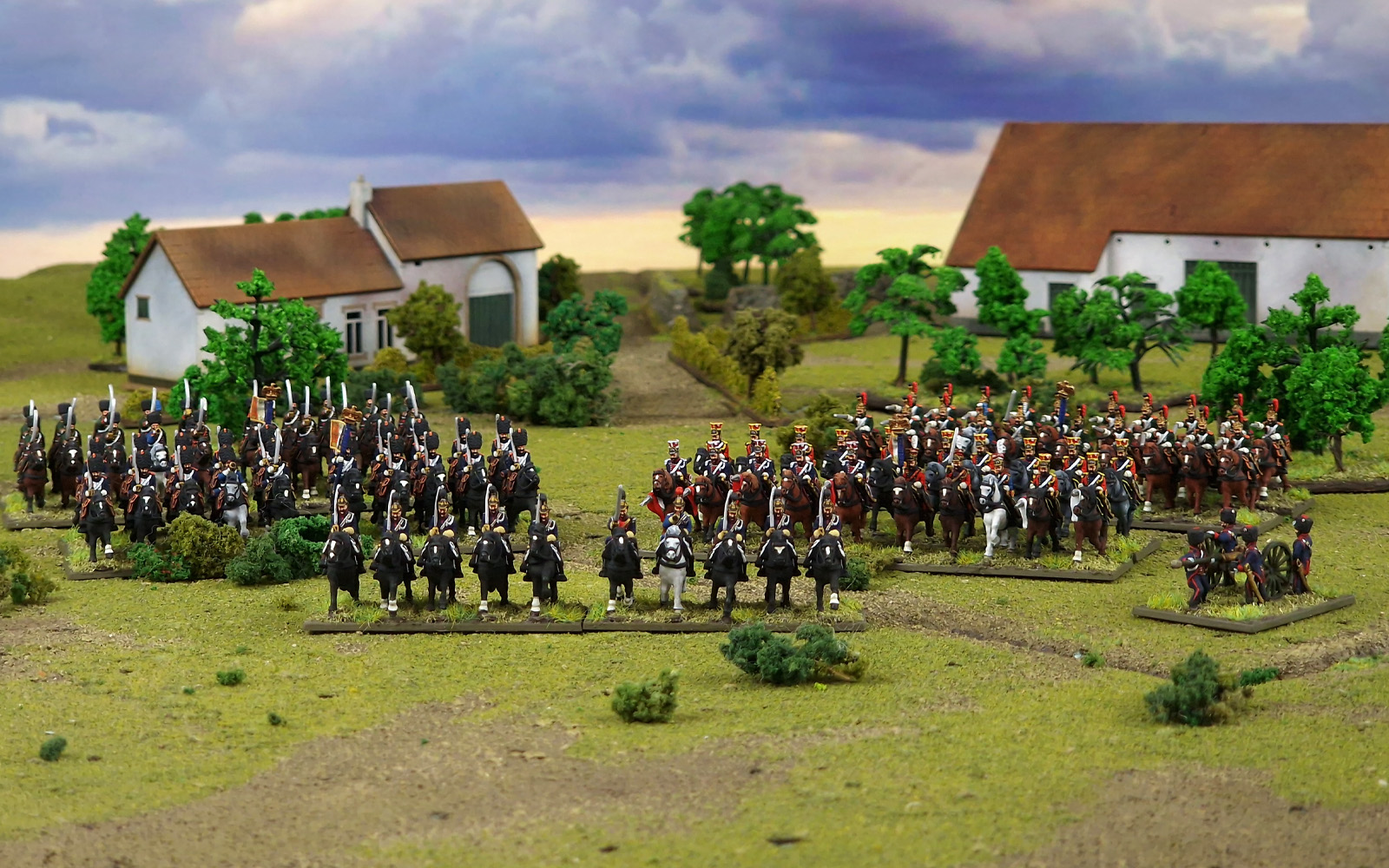
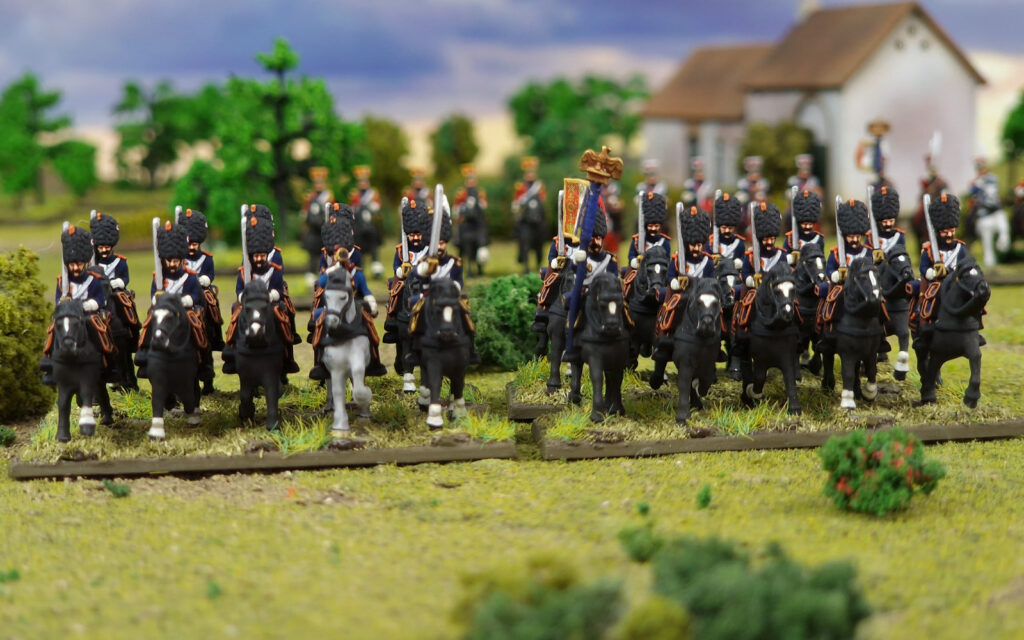

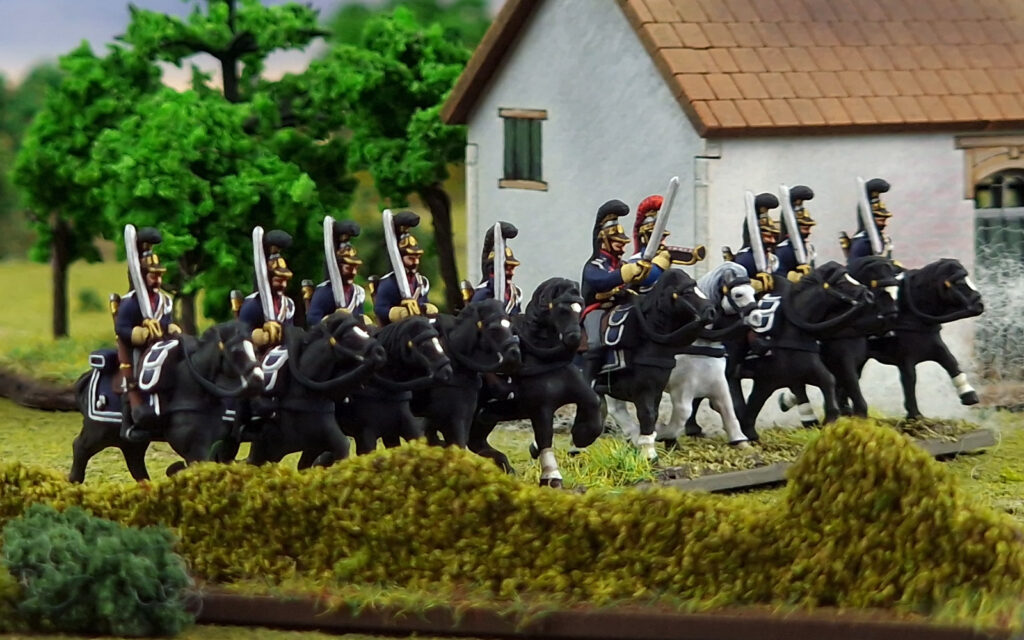

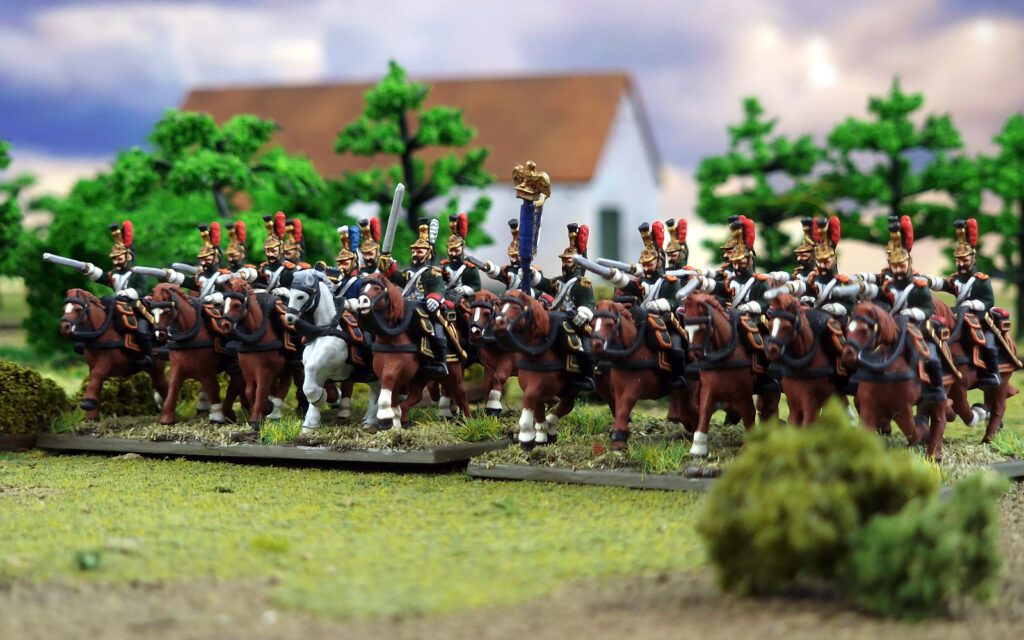

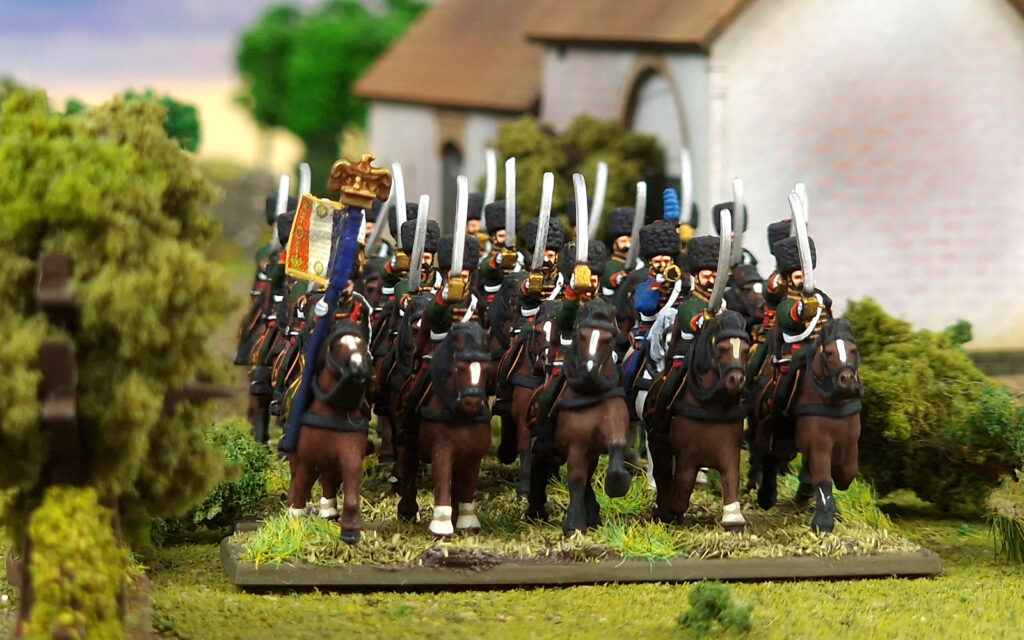

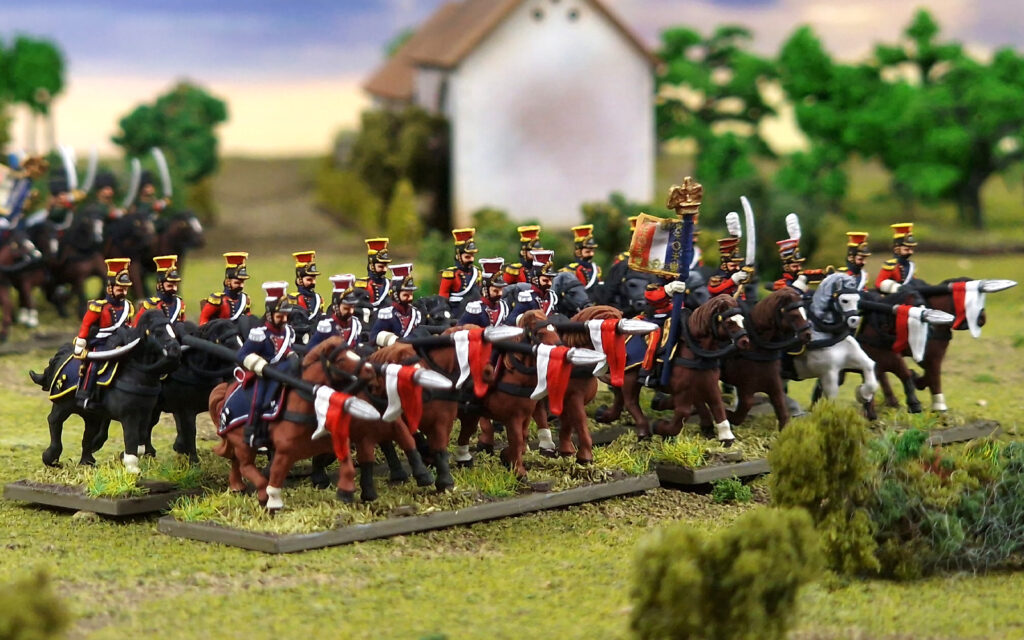




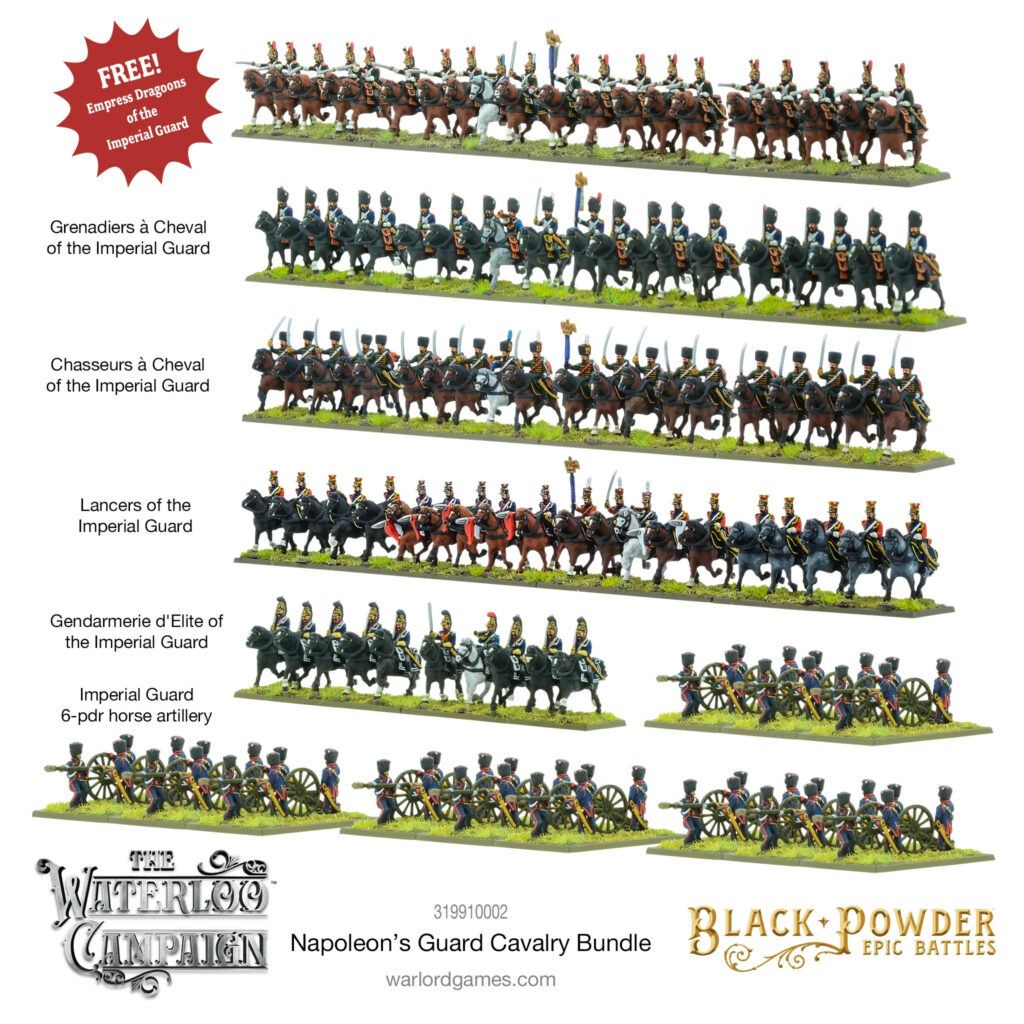
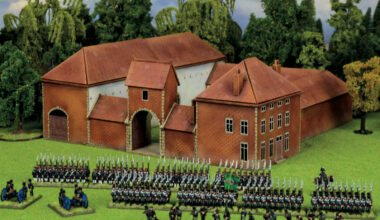
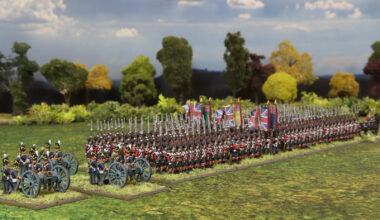
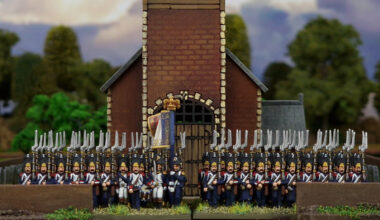
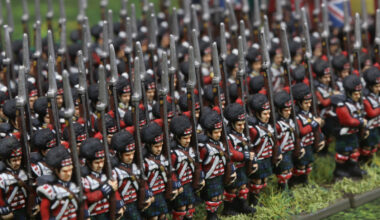
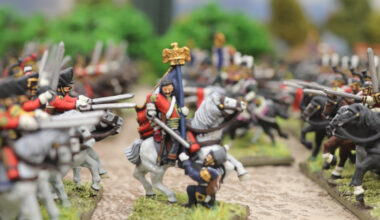
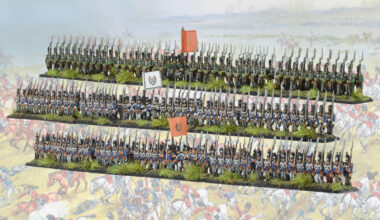
4 comments
These articles are helpful, as a new player to Napoleonics its a struggle to understand everything. For example, in the rule book it mentions battlion, brigade, company & regiments. Whats the difference in game terms or unit sizes?
This article may be of some help to you: https://warlord-community.warlordgames.com/army-structure-during-the-napoleonic-wars/
Wonderful miniatures!
Now, to complete the allied army is necessary a ladr box so composed:
Infantry battalion of nassau Line.
Infantry battalion of dutch militia.
Infantry battalion of liebgarde brunswick.
Hard drinking was not characteristic of Napoleon’s Guard. In fact, they pretty much had to pledge against it.
Comments are closed.